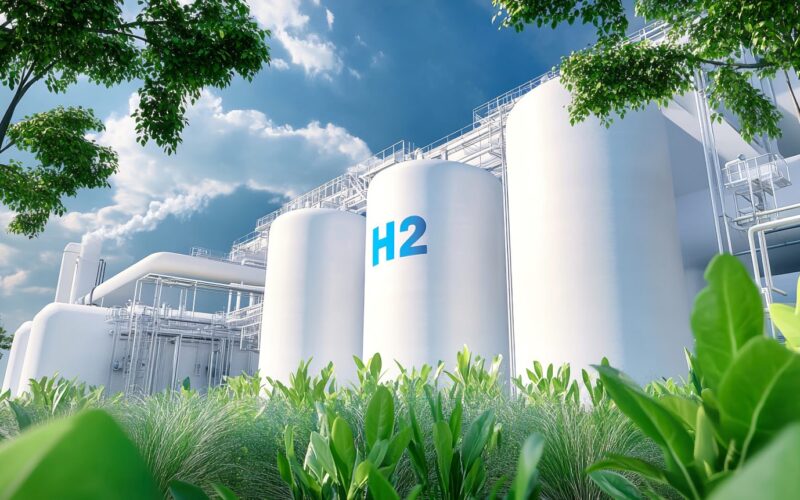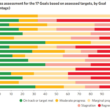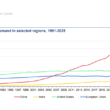ExxonMobil Corporation (XOM) has entered into an agreement with Abu Dhabi National Oil Company (ADNOC) regarding XOM’s proposed low-carbon hydrogen and ammonia production facility in Baytown, Texas. As part of the deal, ADNOC will acquire a 35% stake in the project, though the financial terms have not been disclosed. This partnership aims to increase the production of low-carbon fuels to meet growing demand while reducing greenhouse gas emissions.
Both companies see this agreement as a significant step toward their net-zero targets and a contribution to decarbonising the energy sector. The project is expected to employ carbon capture and storage technologies to minimise emissions, though the companies have announced a one-year delay in its start.
XOM first announced its plans for the world’s largest low-carbon hydrogen facility in 2022, but the project depends on regulatory approvals and government support. Under President Joe Biden, the US government proposed tax incentives for clean energy projects, and ExxonMobil has hinted it may abandon the project if these tax credits are restricted.
The project will use natural gas to power the facility, and with carbon capture and storage, XOM plans to sequester emissions underground. However, U.S. restrictions on tax incentives for hydrogen projects using natural gas could jeopardise the initiative if ExxonMobil does not receive the same tax benefits as renewable energy-based hydrogen projects.
ExxonMobil’s Baytown facility is expected to become one of the largest low-carbon hydrogen production plants globally, capable of producing about 1 billion cubic feet (bcf) of hydrogen daily while removing 98% of carbon emissions. The project will also produce 1 million tons of low-carbon ammonia annually, a key component in fertilisers and a hydrogen carrier for transport.
A final investment decision is expected by 2025, with the facility scheduled to begin operations in 2029. ADNOC sees its investment as part of its international growth strategy, expanding its portfolio of lower-carbon energy sources and contributing to the decarbonisation of high-emission sectors.




















